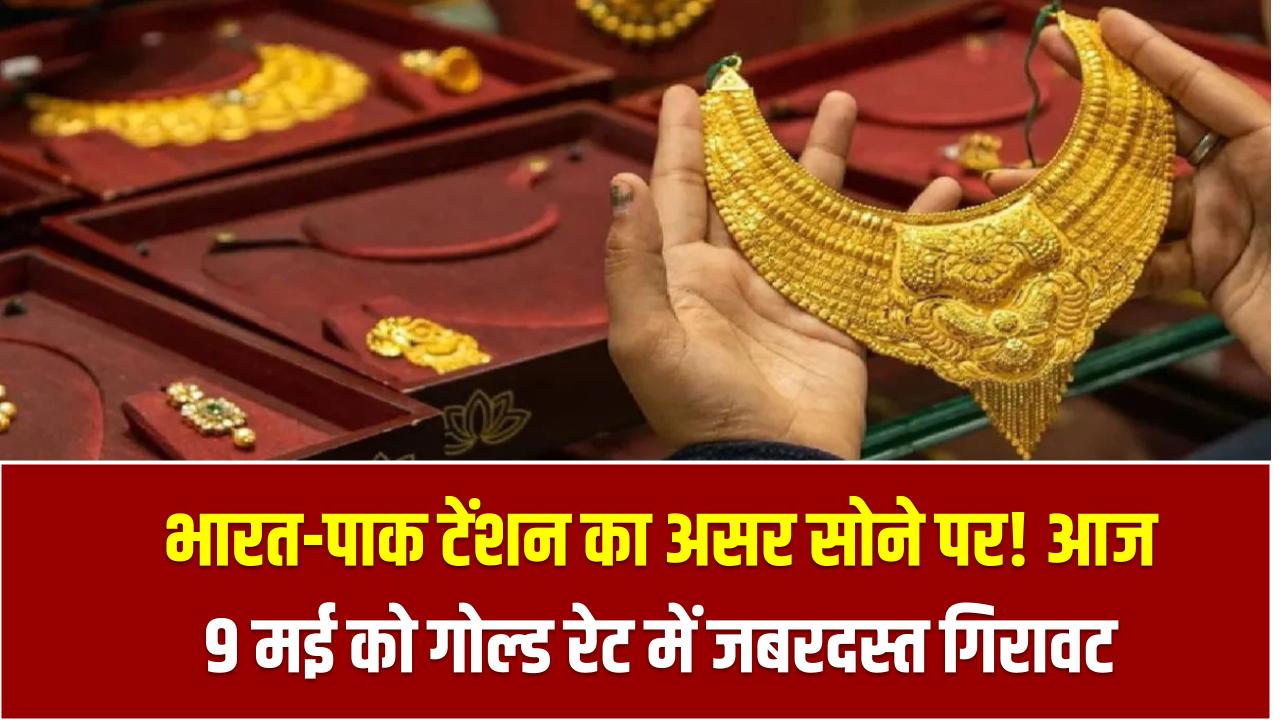सरकारी योजना
समाचार
काम की खबर
- भारत-पाक टेंशन का असर सोने पर! आज 9 मई को गोल्ड रेट में जबरदस्त गिरावट, देखें कीमत

- WhatsApp पर Call कैसे करें शेड्यूल? बर्थडे हो या मीटिंग – अब कुछ नहीं भूलेगा

- छात्रों के लिए सुनहरा मौका! सरकार दे रही ₹15,000 से ₹40,000 तक की स्कॉलरशिप – जानें कौन है पात्र

- UP: डेयरी सेक्टर में निवेश को मिलेगा बढ़ावा, अब 35% तक सब्सिडी देगी योगी सरकार

- बिना लाइसेंस खाना बेचने वालों की अब खैर नहीं! योगी सरकार का बड़ा फैसला, जानिए नया जुर्माना और नियम!

- हर महीने गारंटी पेंशन का फायदा! इस सरकारी योजना से जुड़ चुके 7.65 करोड़ से ज्यादा लोग

- Smart Meter यूजर्स सावधान! स्मार्ट मीटर बन रहा मुसीबतों की जड़, कट सकता है बिजली कनेक्शन

- PM मोदी की इस योजना में हर दिन मिलते हैं ₹10,000? सरकार ने बताया क्या है सच

- घर बैठे आधार में मोबाइल नंबर करें अपडेट, ये आसान तरीका बचा देगा परेशानी से

- SBI के ग्राहकों को राहत, नहीं बढ़ेगी होम लोन की EMI

- यूपी बोर्ड के छात्रों के लिए बड़ी खबर! 10वीं-12वीं कंपार्टमेंट एग्जाम के लिए आवेदन तारीख जारी

- डॉलर की जगह लेगा यूरो? करेंसी बाजार में घबराहट की असली वजह जानिए

- मृत व्यक्ति का आधार और पैन कार्ड कैसे करें बंद? ये है स्टेप-बाय-स्टेप पूरी प्रक्रिया

- फ्रिज में गैस रिफिल करने के कितने लगते हैं पैसे? पहले जान लीजिए

- DA Hike: राज्य कर्मचारियों के महंगाई भत्ते में बढ़ोतरी, शहीदों को मिलेंगे ₹50 लाख – कैबिनेट का बड़ा फैसला

- यूपी के बिजली उपभोक्ताओं को राहत! पुराने बकाया बिल होंगे माफ – सरकार ने दिए संकेत

- जिन्हें आप गाली दे रहे हैं, दादी ने किया था सम्मानित – सावरकर को लेकर गिरिराज सिंह का राहुल गांधीपर हमला

- क्या भारत-पाक युद्ध की भविष्यवाणी सच होने जा रही है? बाबा का बयान सोशल मीडिया पर मचा रहा है बवाल!

- UPI यूजर्स के लिए बड़ी खबर! 1 अगस्त से बदल जाएंगे नियम, जानिए लिमिट और नए नियमों की डिटेल

- Nirjala Ekadashi 2025: कब है निर्जला एकादशी का व्रत? जानिए शुभ मुहूर्त और पूजा विधि

- RBSE 9th 11th Result 2025: शाला दर्पण से ऐसे चेक करें अपना रिजल्ट, देखें आसान तरीके

- जमीन खरीद-बिक्री के 117 साल पुराने नियम होंगे खत्म, ऑनलाइन रजिस्ट्री की तैयारी

- बाइक का Air Filter कब बदलवाना चाहिए? जानिए घर पर ही सफाई करने का आसान तरीका

- Uber राइड में ड्राइवर निकला बॉस! महिला की कहानी वायरल, ऑफिस में मच गया हड़कंप































